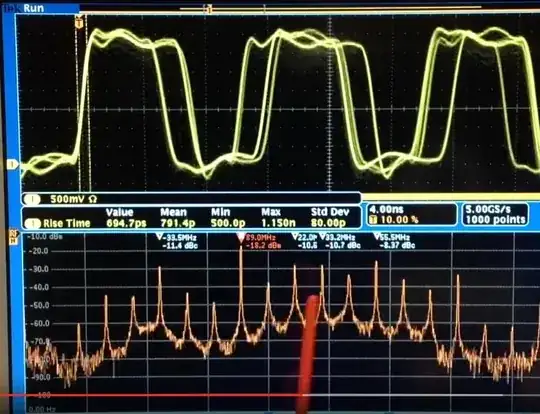If we approximate that the dirty square wave coming from the GPIO pin, is a sinewave, and at the same time assume the antenna is directly driven. Well, then as @joan said. The GPIO maximum current draw is 16 mA. So the formula can be approximated to be:
Pavg = Vrms * Imax = (Vpp/Sqrt[2]) * Imax = 3.3 * 0.707 * 0.016 = 0.037 W = 37 mW
But at the end of the day, how much transmitted power you really get on the air (TPO) depends on your antenna and how well the impedance is matched etc. So the fact that this works at all is rather amazing...but then again, almost anything can act like an antenna. Just horribly inefficient, as you can see below.
Here's a picture from a video on the power spectrum from the Pi Wire.

Here you see how it is radiating all over the place, all the way up into GHz. Thus the actual energy transmitted to the exact frequency you want, is extremely small. (Which is why you don't need to listen that much to all those trolls preaching about the FCC rules.)
